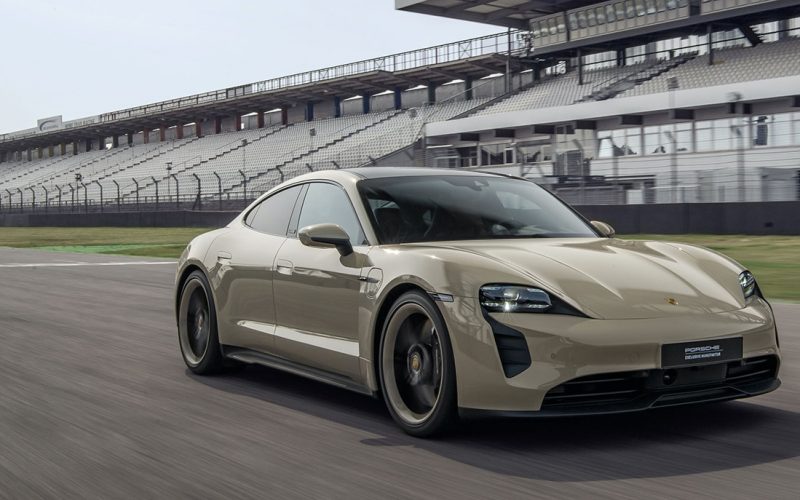
Reading Time: 5 minutesEveryone who follows the auto industry knew that Tesla’s Model S would eventually get knocked from
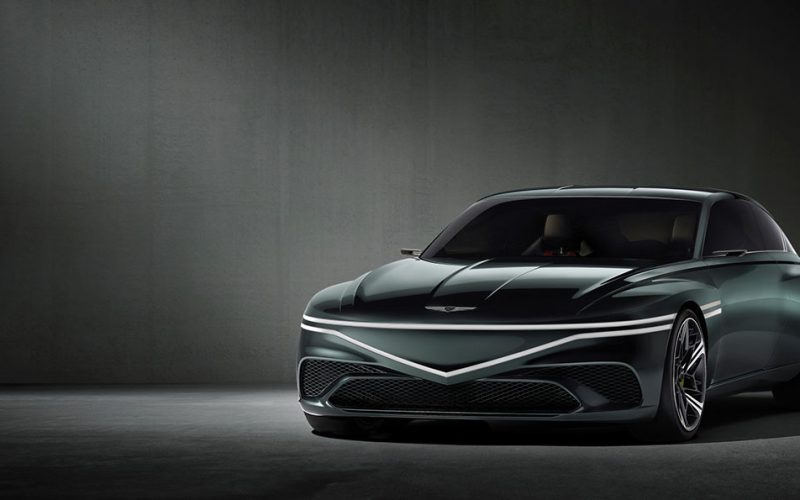
Reading Time: 3 minutesWith the world’s automotive sector quickly transitioning from internal combustion engines and interim hybrid-electric models to
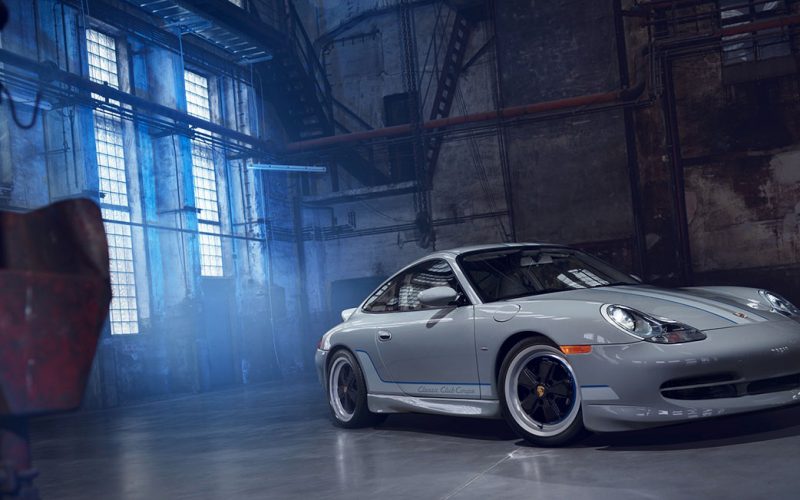
Reading Time: 4 minutesNot everyone’s favourite 911, but nevertheless the 1997 to 2006 996 is now the most affordable
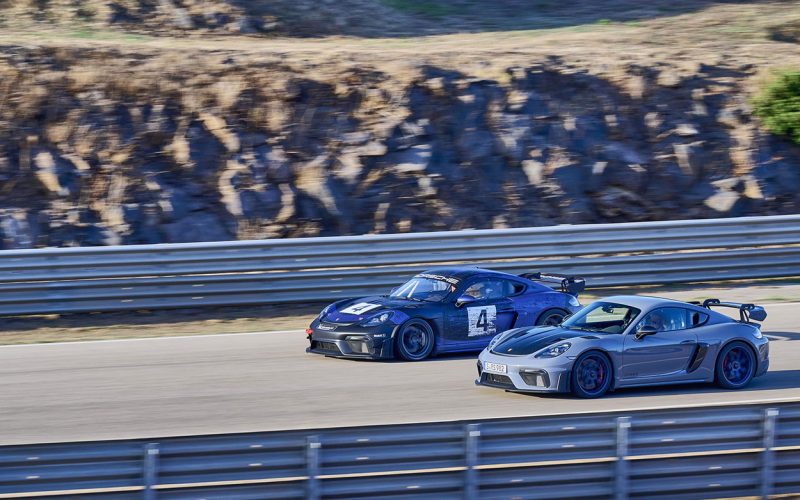
Reading Time: 3 minutesJust in case Porsche’s new 2022 718 Cayman GT4 RS isn’t intense enough for you, a
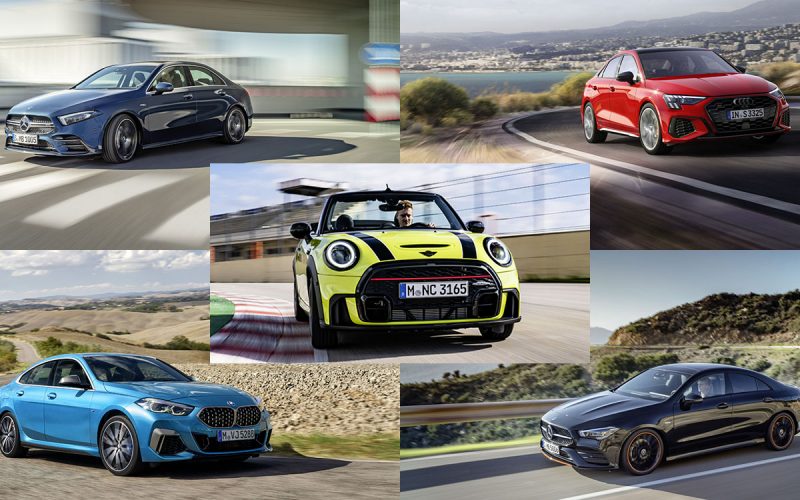
Reading Time: 22 minutesSmall luxury sedans and hatchbacks aren’t selling as well as they once did, but some brands
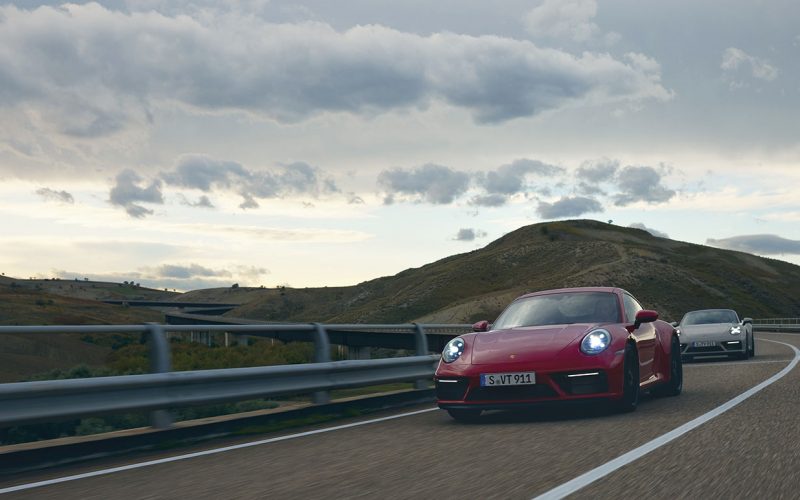
Reading Time: 5 minutesThe fabulous 911 GTS is back, and just like in 2019, the last time Porsche offered
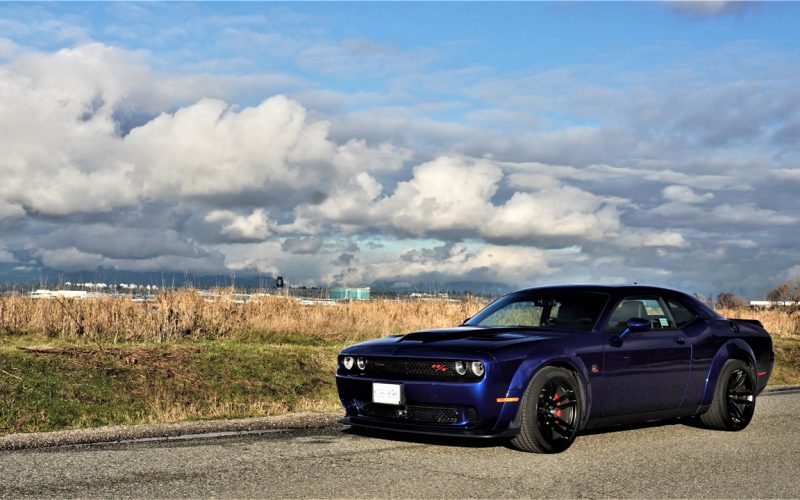
Reading Time: 12 minutesIs there a meaner looking sports car available anywhere? OK, an argument can be made for
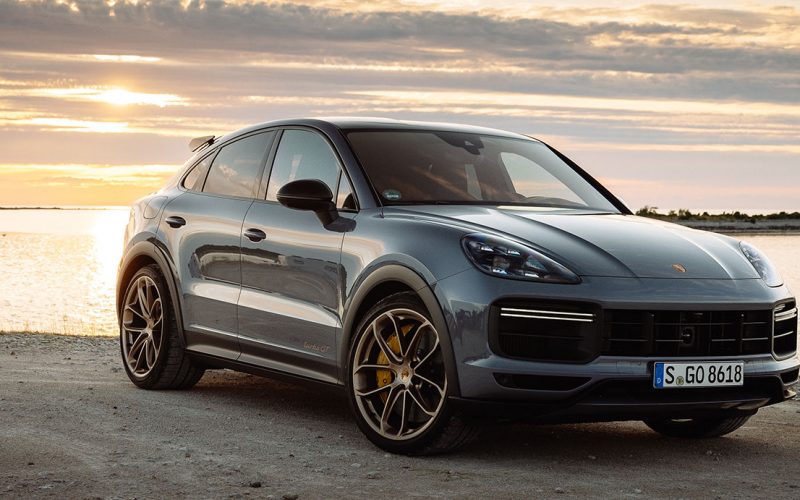
Reading Time: 6 minutesWith a maximum of 631 horsepower, the new Cayenne Turbo GT isn’t the most powerful super-SUV
© 2025 The Car Magazine. All Rights Reserved, Privacy Policy | Terms of Use